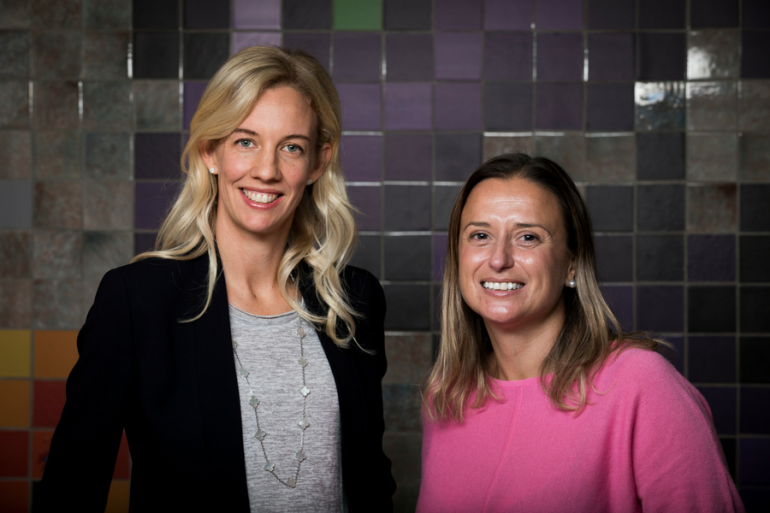“It was one of the best things I’ve ever done for my own professional development and I hated the idea of keeping all the insights to myself,” he said.
“They all kindly agreed to share our candid conversations so that we can all learn from each other.”
One of the CEOs he spoke to was Katherine McConnell, founder of the renewable energy fintech Brighte and the 2018 fintech leader of the year.
Here’s what she had to say.
How do you CEO?
I’ve not been a CEO before. It is like a blank sheet of paper with a bit of imposter syndrome.
What is my job as CEO?
What does my team expect of me?
Am I good enough for this role?
Especially as the company keeps changing, there’s trepidation.
I feel very blessed and proud of this opportunity.
I read a lot of books and talk to a lot of people to learn more. Especially speaking to people who are good CEOs.
I ask myself – what do I need to do to support my team?
As a rule of thumb, I support my team through
- Feedback
- Sounding board on problems
- Apply the lens from different angles/areas – technical, people, development
I am upfront in my 1:1s – do you need me to help in this area or this area?
I’m collaborative.
But I definitely do captain’s calls.
Sometimes you just have to accelerate an outcome.
The team respects captain calls, especially in difficult times.
You always doubt whether you made the right call, but you won’t know till later.
Historically, you look back and you get to see if you made the right ones, so you gain confidence.
I have a strong executive team, so I am very collaborative. They have the floor to make decisions.
There are some things you have time for. There are some things you just don’t have time for.
With decisions like redundancies or big government contracts – the buck does fall with me in the end. Sometimes these decisions can make you succeed or fail as a company.
How do you set strategy?
When we were a smaller company, we went through a 3-4 year plan with core pillars, values, mission and annual strategy that you work towards.
We revisited it every year. Two years ago we changed. We now have a Strategy on One Page.
We set pillars for the next 3-4 years. They shouldn’t change.
- Purpose.
- Mission.
- Values.
- North Star.
- Annual objectives >> 3 objectives (up to 5) as a company
- Key Results >> annual key results, reset quarterly
Under each key result, we have the projects that affect it. We do weekly Friday scoring on each project whether it is Off or On Track.
The team is also very active in commenting on the projects.
We set goals annually. But when things are volatile you have to change the cadence and update more often.
We now reset the goals quarterly.
We first go through the goal-setting process as an exec team.
We have been lucky to have an external facilitator – Bryan Rollins from Grok, ex-Atlassian.
When we have the discussion we always allocate a “dissenter” who challenges what we discuss.
Once we have alignment on the OKRs, we do the financial plan and budget. Then we link the OKRs with the budget and plan.
How do you communicate the strategy?
We first set the strategy with the leadership team, then Heads of. Once we have their buy-in they contribute to wording.
Then we communicate to the whole company. We do that through multiple blogs.
One exec leader is responsible for each objective. They then talk at our All Hands about why it is important.
Once the goals are launched, the teams go to create the initiatives and projects. The team doesn’t have the full context so we try to give guardrails to create clarity.
Once we launch the goals at All-Hands, we do sessions for 2 weeks to learn more about the objectives and anyone can jump on the call to get more background.
From launch to finish it takes us roughly two months. That’s why we do it annually because it takes so much time.
How do you hold your team accountable?
You have an owner for each objective. It is their responsibility to communicate whether something won’t be achieved and why it is blocked.
We try to differentiate individual performance from the delivery of the objectives. Not delivering an objective is one thing but we don’t link the scoring to their performance.
Tip as CEO
You have to continuously adapt your OKR process.
Provide as much certainty as you can.
Sometimes you can’t give certainty.
How do you equip people for uncertainty and change?
Make people responsible, they have to take a certain level of responsibility.
Build the understanding in your team that they have to contribute to delivering on strategy and workplace culture.




















Trending
Daily startup news and insights, delivered to your inbox.